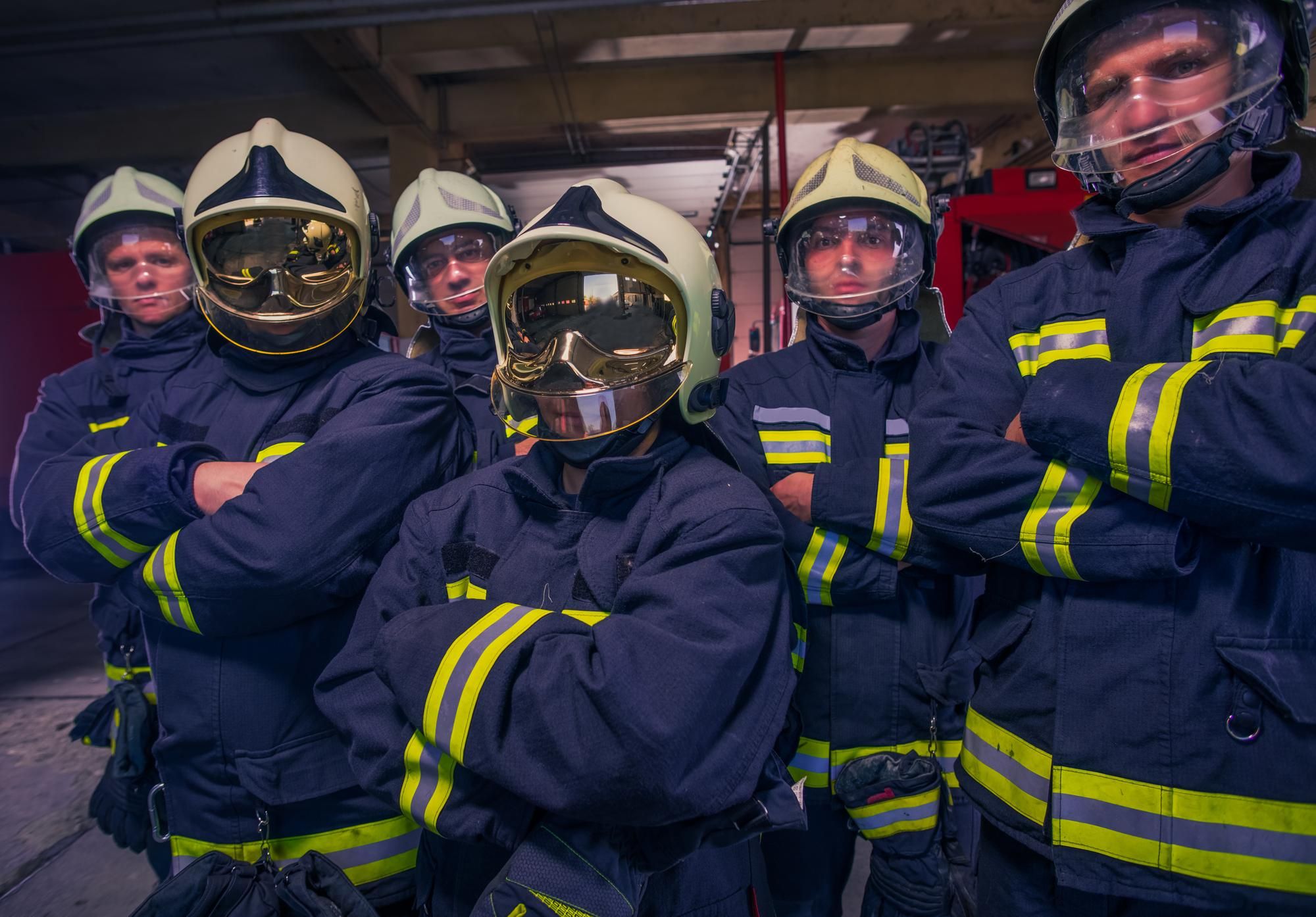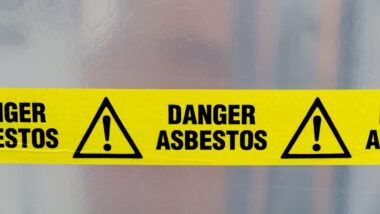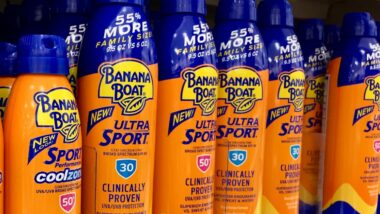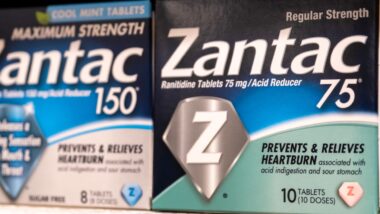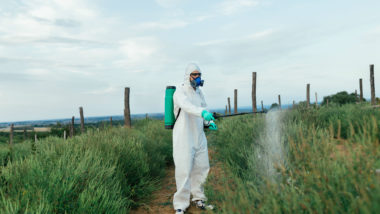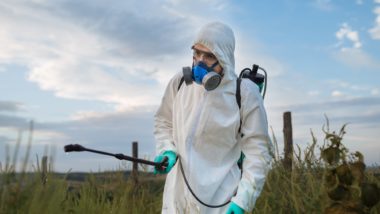Top Class Actions’s website and social media posts use affiliate links. If you make a purchase using such links, we may receive a commission, but it will not result in any additional charges to you. Please review our Affiliate Link Disclosure for more information.
Firefighters face dangers every time they’re on a call, but new evidence shows they also may be exposed to toxins from their wearable fire protection known as turnout gear.
In order to protect firefighters from water and the potential of steam burns, their personal protective equipment is treated with PFAS, known as “forever chemicals.”
PFAS don’t break down in the environment, which means they are literally around forever. One of the first commercially marketed products to contain these toxins was 3M’s Scotchgard stain repellent that often was sprayed on shoes, carpets and furniture to ensure these items wouldn’t stain. The chemicals also have been used on cookware and other consumer products that need protection from heat and corrosion.
Turnout gear treated with PFAS
A new study by Graham Peaslee, professor of physics at the University of Notre Dame, was published in the Environmental Science and Technology Letters. Research showed unusually high levels of fluorine found in firefighters’ protective gear that was found to come from PFAS.
Peaslee and fellow researchers ran tests on 30 samples of used and unused personal protective equipment obtained from six different manufacturers. The fabric used to create the turnout gear was either heavily treated with PFAS or was made with fluoropolymers, which is a form of PFAS that helps create an oil-resistant and water-resistant final product.
A firefighter’s gear comprises three different layers. The thermal layer is the innermost layer that can touch the skin. A middle layer acts as a barrier to protect the thermal layer from becoming wet. The outer shell is the layer that fights off heat from a fire.
According to Peaslee’s research, concentrated amounts of fluorine were found on the middle layer and the outer shell, and some of the PFAS in these layers could flake off, leading to contamination of the thermal layer that lies next to the skin.
“If they touch the gear, it gets on their hands, and if they go fight a fire and they put the gear on and take it off and then go eat and don’t wash hands, it could transfer hand to mouth,” Peaslee told Phy.org. “And if you’re sweating and you have sweat pores, could some of these chemicals come off on the thermal layer and get into the skin? The answer is probably.”

Last fall, U.S. Senators Jeanne Shaheen (D-NH) and Cory Gardner (R-CO) introduced the Guaranteeing Equipment Safety for Firefighters Act, which is legislation that would authorize a full study of the gear worn by firefighters and how much PFAS exposure they experience.
“Firefighters have enough to worry about when they’re on duty – the last thing they should be concerned with is the safety of their own protective gear,” said Senator Shaheen. “We know PFAS is in certain types of firefighting foam, which means our firefighters are already more likely to face exposure.”
State authorities have also taken action against firefighting foam manufacturers. In May 2022, Florida Attorney General Ashley Moody filed a lawsuit against DuPont, Tyco Fire, and other manufacturers alleging that these companies knowingly polluted the earth and put consumer at risk with their PFAS-based products. In October 2022, North Carolina Attorney General Josh Stein filed two lawsuits over AFFF toxicity against DuPont, Chemours and 3M.
Firefighting foam dangers
In addition to the firefighters’ gear containing dangerous chemicals, the foam used to extinguish petroleum fires also contains PFAS. Formulated in the late 1960s, aqueous film forming foam has been found to leave behind PFAS residue in groundwater for 15 years. Plants and animals, including fish, dolphins and polar bears, have been found with PFAS residue on them.
Congress also has been working on prohibiting the Department of Defense from buying firefighting foam made of PFAS after Oct. 1, 2022 and halting its use among military personnel after Oct. 1, 2023, according to FirefighterNation.com.
If you or someone you love has been diagnosed with cancer after exposure to firefighting foam, you may be able to file a lawsuit and pursue compensation. Filing a lawsuit can be a daunting prospect, so Top Class Actions has laid the groundwork for you by connecting you with an experienced attorney. Consulting an attorney can help you determine if you have a claim, navigate the complexities of litigation, and maximize your potential compensation.
Join a free firefighting foam cancer class action lawsuit investigation
If you or someone you love developed cancer after being exposed to firefighting foam, you may have a legal claim. Fill out the form on this page now to find out if you qualify to participate in a free firefighting foam lawsuit investigation.
ATTORNEY ADVERTISING
Top Class Actions is a Proud Member of the American Bar Association
LEGAL INFORMATION IS NOT LEGAL ADVICE
Top Class Actions Legal Statement
©2008 – 2024 Top Class Actions® LLC
Various Trademarks held by their respective owners
This website is not intended for viewing or usage by European Union citizens.
Get Help – It’s Free
Join a Free Firefighting Foam Cancer Class Action Lawsuit Investigation
If you qualify, an attorney will contact you to discuss the details of your potential case at no charge to you.
PLEASE NOTE: If you want to participate in this investigation, it is imperative that you reply to the law firm if they call or email you. Failing to do so may result in you not getting signed up as a client or getting you dropped as a client.
Oops! We could not locate your form.

